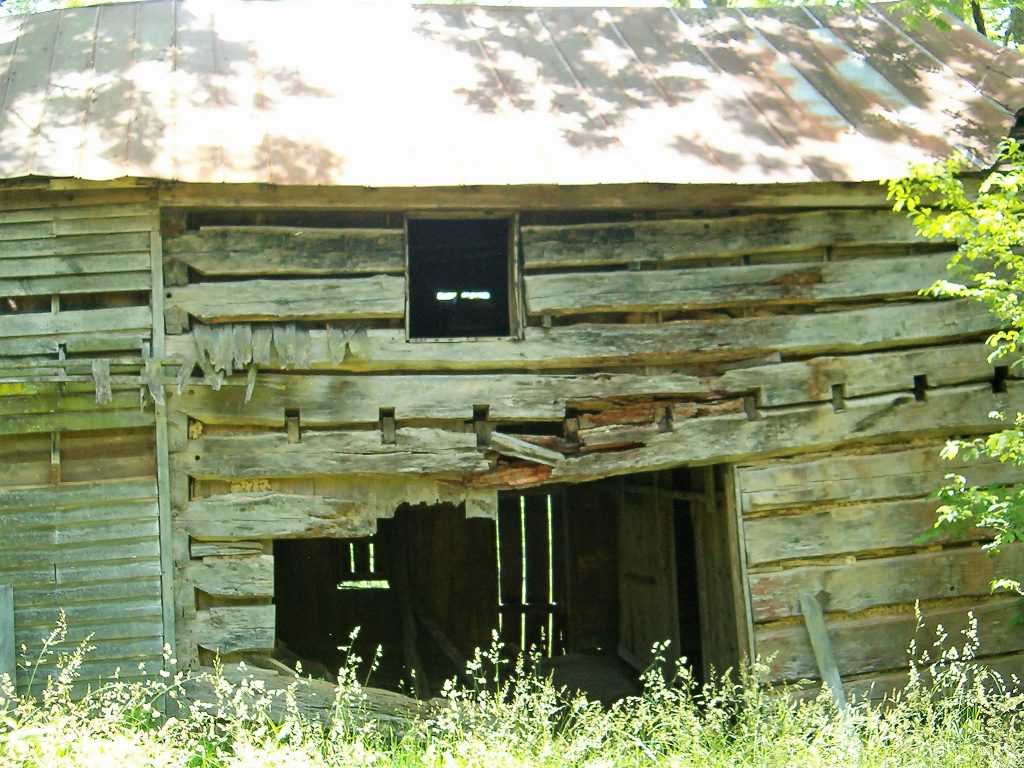In this edition of Appalachian Moments we roam the hillsides with a saddle bag preacher!
In the aftermath of the Civil War, which had pitted brother against brother and neighbor against neighbor in the South many families moved because of the continued bad blood and post-war poverty in their communities.
We don’t know Methodist minister C.C. Stump’s motivation to move to Ashe County from Virginia after the Civil War, but this uncivil antipathy is as a good guess as any because he was not a young man anymore (in his late 50’s with six kids still under roof). Following the Methodist tradition, he was seeking a fresh start, a new beginning for Christopher Columbus and Sarah Stump.
He first appears in the Ashe County census in 1870 on a farm in Grassy Creek consisting of a few hundred acres and a good cabin. The total estimated worth was $200.
Francis Asbury (1745–1816), the founding bishop of American Methodism, established the precedent for circuit riding, having traveled 270,000 miles and preached 16,000 sermons as he made his way throughout early frontier America. Describing his itinerancy, he stated, “My soul is more at rest from the tempter when I am busily employed.”
Because of the distance between churches, these preachers would ride on horseback. They were popularly called circuit riders or saddlebag preachers. The Reverend C.C. Stump was among their number, but called Grassy Creek Methodist church his home (a stained glass window in the church celebrates his memory).
This ministers traveled with few possessions, carrying only what could fit in their saddlebags. They traveled through wilderness and villages, they preached every day at any place available: peoples’ cabins, courthouses, hay fields and river bottoms.
Their message: The kingdom of God has come, repent, be baptized, and follow Jesus. Their payment: A mere 60 dollars a year.
Often the oldest son in the family would inherit the land, it’s an old English tradition called primogeniture, but in the case of the Stump family the youngest took over the farm when CC passed on in 1879.
Perhaps William Emmet, who found his own Sarah, was the only one who wanted to take over the farm located just above the confluence of the New River. Unfortunately, this couple lived a life plagued by tragedy. Sarah gave birth to five, and while child mortality was not uncommon in that era, 4 short head and foot stone markers in the small family cemetery indicate children lost far before their time.
The only one who survived to the edge of adulthood only made it to 18. THAT is a hard life no matter the era. Four years later William Emmett himself passed at age 57, but Sarah lived on…it is believed that she was the last one to remain at the cabin with no running water or electricity. Sarah lived until 1929 when she, at age 62, went on to glory.
Postscript: The remains of that original cabin were dismantled in 2010, 140 years later, the best virgin oak and poplar to be preserved and used in the construction of other mountain cabins.


